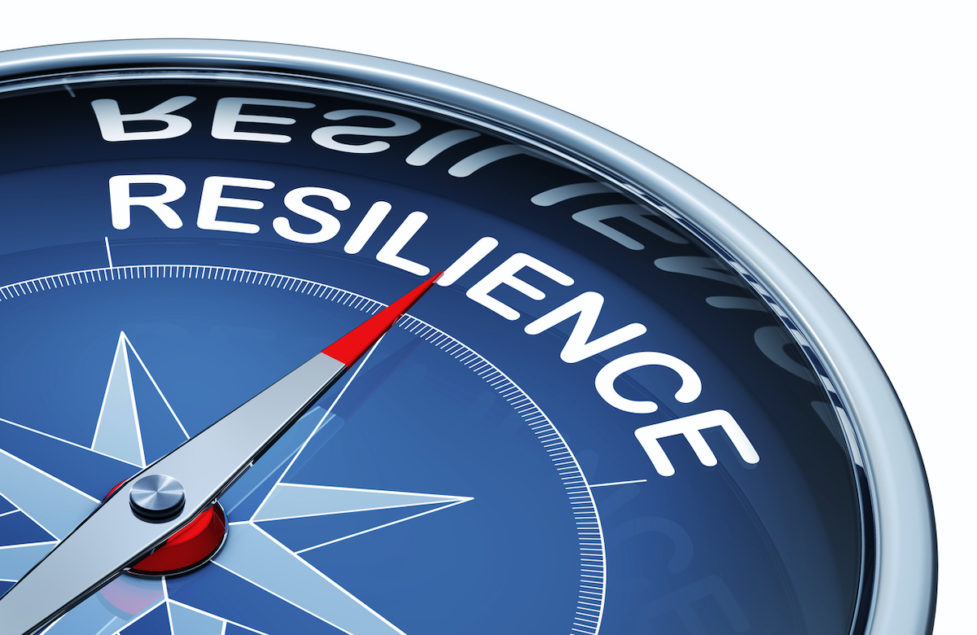
Amid macroeconomic disruption, companies are faced with the challenge of maintaining growth while dealing with labor shortages, new European ESG regulations, and expected SEC climate impact mandates.
To adjust, companies must automate data collection to save time and resources, prioritize sustainability processes by incorporating ESG criteria into their vendor selection process, and continuously monitor their supply chains to prepare for future disruptions. Included below are three areas on which supply chain leaders should focus their efforts in 2023.
Automating data intake is critical
The pace of digital adoption has accelerated since the COVID-19 pandemic, with many companies now embracing automated processes that improve scale, efficiency, and reduce risk. If firms want to achieve the same level of growth with fewer resources, they must automate data ingestion into their vendor onboarding and monitoring processes.
Oftentimes, businesses struggle to devote staff for manual data collection. By automating the capture of data through third-party companies, firms can cut down on time, and feel confident they are sourcing data that is accurate, precise and validated, not self-reported.
Automation also leads to greater efficiencies, cost savings and an improved (ROI). As global sourcing and supplier risk management organizations don’t generate revenue, cutting costs and operating more efficiently than the prior year is critical to success.
Prioritizing Sustainable Supply Chains
In recent years, firms have faced pressure to improve their ESG plans, and implement sustainable policies. Customers and shareholders are now demanding more eco-friendly products, and regulators are starting to require action from the private sector.
While companies may be inclined to wait to be regulated before changing their ESG strategies, those who do implement strong ESG programs early tend to outperform their peers, and improve profitability in the long run. According to Dun & Bradstreet data, public companies with good ESG rankings saw an average change in sales growth of 20% over a five-year period, while private companies saw a 30% average change in sales growth. If businesses want to reap the benefits of an ESG program, they must start dedicating time, money, and resources to sustainable processes, compliant with the upcoming increase in global regulations affecting not only their reporting, but also their underlying operations.
And many sustainable processes start with the vendor onboarding process. Incorporating ESG criteria into the vendor assessment process allows firms to make more informed — and often more objective — decisions. Most companies know their first-tier suppliers, but they are often unaware of their secondary and tertiary suppliers (i.e., who their suppliers’ suppliers are), who often pose challenging, yet hidden risks.
By highlighting these sub-tier suppliers, firms can identify vendors that are not environmentally friendly or have poor governance practices, and replace them with those that have strong ESG programs and policies.
Continuously Monitoring the Supply Chain
Once businesses understand their complete supply chains, they should establish a process for continuous supply chain monitoring. By leveraging technology and data to create an ongoing program, firms can provide consistent reviews of multiple types of risk, including credit and financial risk, compliance and ethics risk, supply chain disruption risk, cyber risk, and ESG risk.
Continuous monitoring will also allow companies to quickly react to changes in a supplier’s risk profile, and decide if action needs to be taken. This is why identifying and evaluating alternative suppliers before primary supply chain disruptions arise can be critical to ensuring that the flow of goods and services remain unaffected.
For example, many firms were unprepared for the impact of the Russia-Ukraine conflict in 2022, and were unable to quickly pivot to alternative vendors when their supply chain was negatively impacted.
Although companies will continue to adapt in 2023, the impact on supply chains — coupled with macroeconomic disruption such as climate events, geopolitical tension, and labor strikes — means businesses will find it harder to cope with unexpected crises. To navigate the year ahead, firms should act now to build policies, implement processes, and partner with third-party experts to create sustainable supply chain logistics and improved data processes.
Brian Alster is general manager, North America finance & risk and enterprise platforms businesses at Dun & Bradstreet.


